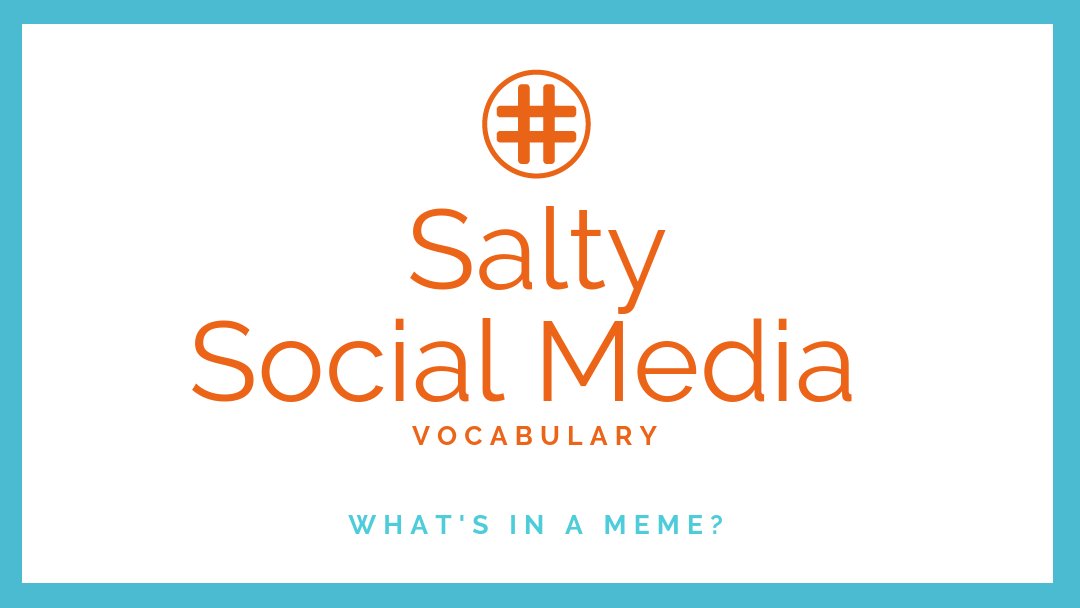As brands do, it wasn’t long after memes hit the internet that marketers tried to appropriate them into marketing and content plans. Of course memes can be a unique way to connect with an audience, and many brands have had success either creating brands or piggybacking on trending memes. Generally brand meme strategies seem to fall into three basic categories:
- Creating a meme
- Remixing a meme
- Capitalizing on a current meme
We’ve said this before but it bears repeating: know your meme.
There are numerous examples of brands using a meme before vetting it properly, leading to PR disasters—or at the very least a barrage of hecklers and trolls on Twitter. But any press is good press, right? We’re inclined to disagree: remember that if your content hits the wrong chord you run the risk of permanently alienating an audience.
Although the internet has a fleeting attention span, it also has a long memory, and you needn’t look any further than any of the numerous brand fail compilations to know it. Given the many sites that document trending memes and their origins (links to Mashable, KYM, Reddit, one more) there’s no excuse for not doing your homework. Trust us: you won’t lose being on the forefront of meme relevance if you do 10 minutes of research before publishing your content. Side note: this is equally true for cultural moment content. So please: Know. Your. Meme. First.
Creating Your Own Meme
Creating your own meme is when you, well, create a meme. From scratch
- Risk: Low
- Effectiveness? Potentially effective content for connecting with your existing audience
- While safe, self-designed memes are likely not going to grow your audience, but instead serve as a sort of fan service for your current audience. They may also come across as contrived.
Check out this in-house meme example from Vancouver BC-based mobile game Battle Bears.
Remixing Current Memes
Can be a clever way to participate in a trending topic (as well as a creative exercise for your team) by adding a bit of your branding to the meme.
- Risk: Low to Medium
- Effectiveness? Potentially effective for reaching new audiences.
- Assuming you’ve *ahem* done your research on the meme, appropriating an existing meme can be a fun and creative way to reach new audiences. For a stellar example, check out how LEGO weighed-in on the dress color debate.

Capitalizing on Existing Memes
Different from remixing, capitalizing on existing memes is a way for a brand to participate in a conversation around a current trend simply by adding to the conversation–e.g., the dress color debate.
- Risk: Medium
- Effectiveness? Likely effective for reaching new audiences if done correctly
- Preliminary research aside, this tactic really requires minimal effort on the part of your brand and has the potential to reach new audiences. Of course practices will vary from brand to brand; check out this tweet by Adobe for an on-point example of content that is both relevant to the trending topic and relevant for their products.

Above all, be patient and tactical: just like all your regular branded content, not all of your memes will be a hit. At the very least do your due diligence before sharing or publishing and you won’t lose fans, and you’ll likely gain new ones. For more guidance on best practices, see our previous posts on holiday hashtags and brand social media taboos.
How does your brand utilize memes? Do you have any success or horror stories about branding? ARE YOU GOING TO DO YOUR RESEARCH? Let us know in the comments. Until next week!

